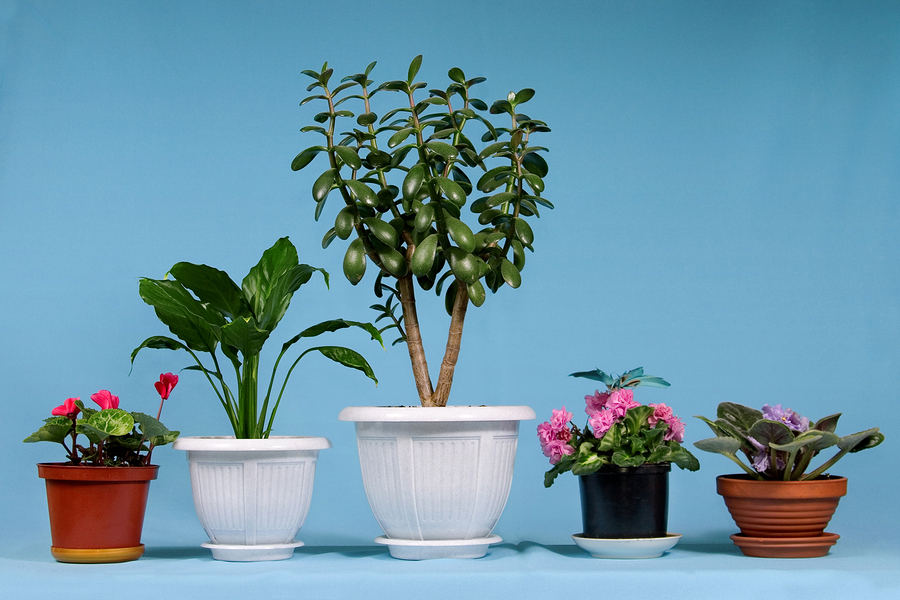The standard treatment for sleep apnea is a continuous positive airway pressure (CPAP) machine, and other treatments include special oral appliances and surgery. But did you know that some people are turning to plants to help with their sleep apnea? The idea is that oxygen released by plants at night aids breathing and makes for a more restful sleep environment.
Not all plants are up to the job, however. Most plants don’t release oxygen at night when there’s no sunlight for the photosynthesis process, instead releasing carbon dioxide, but some plants do. Here are some night-oxygen-producing plants to consider adding to your bedroom if you’re suffering from sleep apnea and want some relief.
The aloe vera plant, perhaps most famous for its ability to soothe sunburn, is high on this list because of all the health benefits associated with it. Not only does it produce oxygen at night, but it can also help improve air quality by clearing certain compounds from the air. Juice from the aloe vera plant can even help improve dental health by reducing plaque and helping heal canker sores.
As succulents, aloe vera plants are easy to take care of, requiring infrequent watering (every few weeks at most) and plenty of direct sunlight.
Snake Plant
Also called mother-in-law’s tongue, snake plants have long been popular as houseplants because of their sculptural look and hardiness. Like aloe vera, the snake plant is also on NASA’s list of plants from their Clean Air Study that are good at helping purify the air by removing benzene, formaldehyde, trichloroethylene, xylene, and toluene.
Snake plants do best with regular watering and high levels of sunlight but are tolerant to less frequent watering and low amounts of sunlight, making them very easy to care for.
Gerbera Daisy
This flowering plant is also known for its special ability to produce oxygen at night and is yet another entry in NASA’s list of best air-purifying plants. They’re commonly seen as cut flowers and come in a variety of colours.
Gerbera daisies aren’t as easy to care for as aloe vera or the snake plant, as they require both direct sunlight and moderate temperatures for most of the year, which can be difficult to achieve indoors. Too close to the window may become too hot, but too far and it won’t get enough light. It also requires regular watering.
Areca Palm
Also known as the butterfly palm or the yellow palm, this large tropical houseplant can reach 6 or 7 feet tall. The areca palm is not just another Clean Air Study plant that also produces oxygen at night, but is also effective as a humidifier, releasing 1 litre of water into the air every 24 hours on average.
Areca palms need regular watering and indirect sunlight (direct sunlight will cause the leaves to turn yellow) and should be repotted every two to three years as they continue to grow.
Christmas Cactus
This flowering plant, which is also called the Holiday Cactus or Thanksgiving Cactus, blooms in December, making it a popular plant around the holidays. It and its relative, the Easter Cactus, produce oxygen at night.
The Christmas cactus is another succulent that’s easy to care for, as it should not be watered too much and thrives in indirect bright light.
Do They Work?
This is the million-dollar question. To date, no scientific studies have shown a positive effect of plants that produce oxygen at night on the severity of sleep apnea. People who put plants like these in their bedrooms to help ease sleep apnea may or may not notice any benefits. However, there’s no question that they all produce oxygen at night and most of them help purify the air, plus having plants indoors can reduce stress which may help with sleep. There’s really no downside to adding a few to your bedroom, so go for it.

 Dr. Ami Barakat
Dr. Ami Barakat